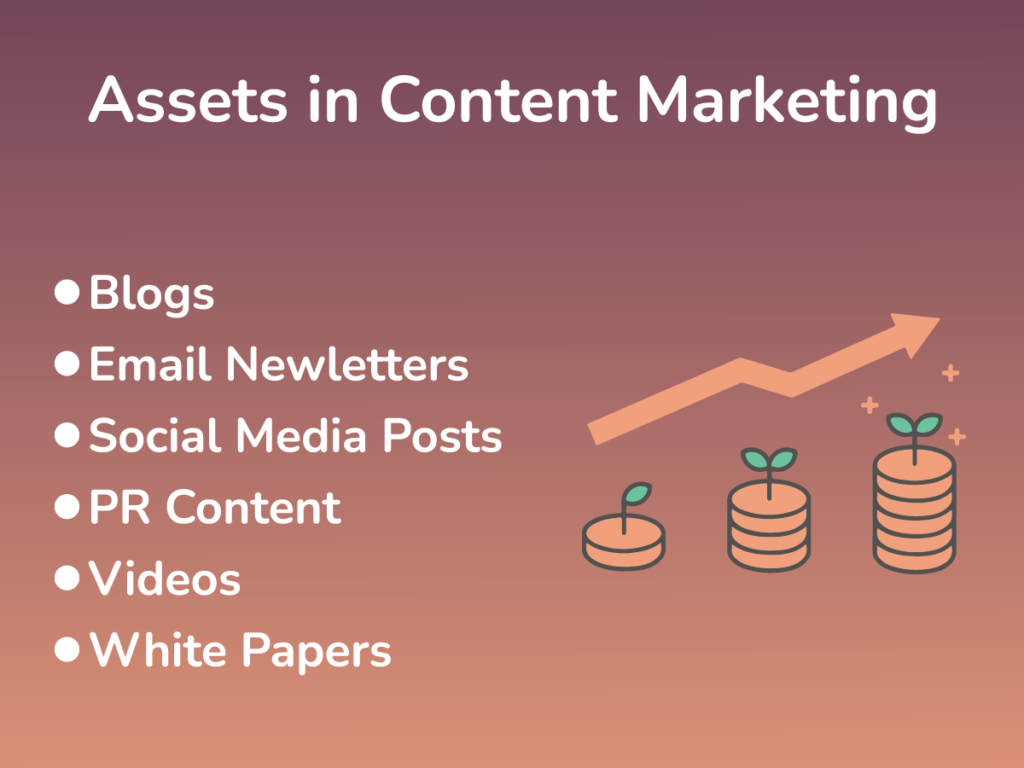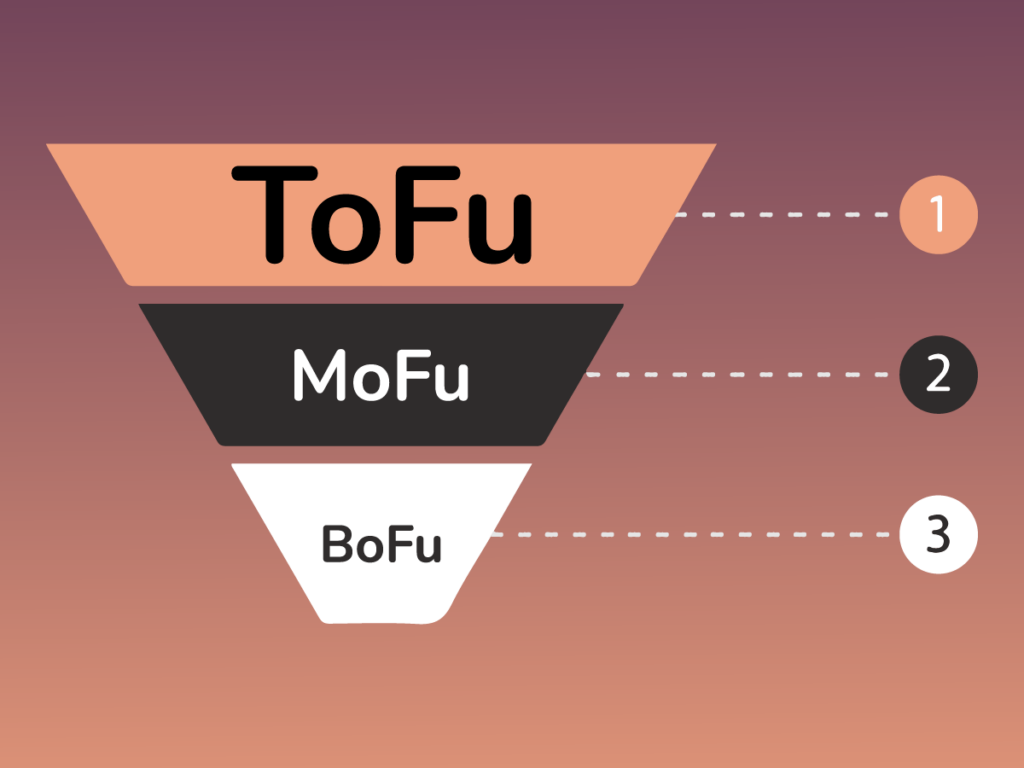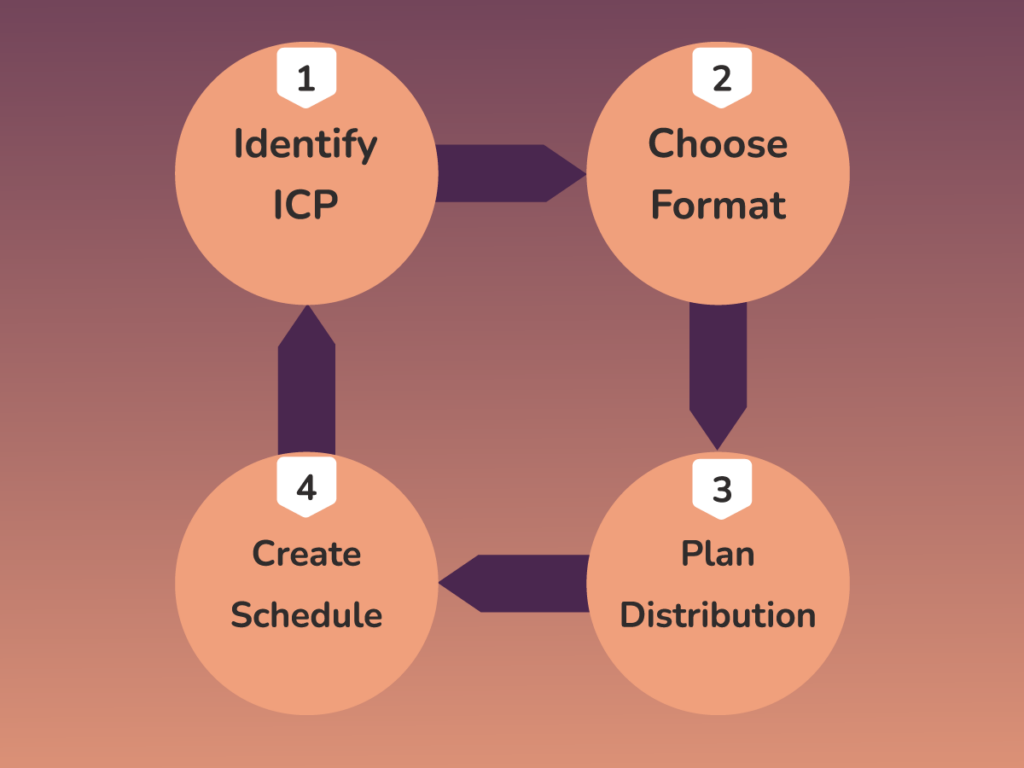
Content Marketing is the Secret Sauce to Generate More Revenue
Content marketing is a subsection of your broader marketing strategy where you share helpful “content” with your audience, such as articles, infographics, videos, podcasts, or other media. The goal is to establish authority, expertise, and brand awareness.
On this page today, we’re about to dive deep into every aspect of content marketing. We’ll start with what it means, how it works for your business to make more money, and how you can get started without breaking the bank.
What is Content Marketing: The Definition
By definition, content marketing is the practice of planning, developing, and distributing relevant and helpful to your existing and potential customers. By and large, this is value-based marketing where you show your brand cares for the people it sells to.
Content marketing is always a long-term approach. In other words, you must be consistent with your efforts to nurture your relationship with customers. If you play the cards right, expect to pop up in your ideal customer profile’s (ICP) mind whenever they think about the products/services you offer.

The power of this kind of marketing lies in the fact that you’re not just selling. Additionally, you’re rooting for your customers and you’re there to guide them through the journey. Over time, it triggers an emotional response in your ICP that compels them to make the purchase decision or come back.
Why is Content Marketing Important for Your Business
Here are a few statistics before we move forward:
- 74% of companies agree content marketing has improved their lead generation success.
- 54.5% of businesses plan to spend more on content marketing in 2024 compared to 2023.
- Over 290 million people use ad blockers on their desktops.
If you look into these numbers, it’s apparent that almost 3/4th of businesses have seen better conversion with marketing efforts. Moreover, more than half of the businesses are planning to up their content game this year, a trend that’s most likely going to continue.
If you look at how much content marketing costs, you might wonder why not spend the money on ads instead. That’s where the last number on our list comes into play. If 290 million people are blocking ads on their computers, how do you plan to reach them?
The answer is simple. Content marketing.
Besides the numbers, we can think of a few more reasons you should look into this.
Consumers Prefer Information Over Ads
It’s been proven over and over that people don’t like ads. While it doesn’t mean you should completely cut out paid media from your marketing strategy, you can’t rely on them as well. In fact, it’s not uncommon for modern-day consumers to purchase subscriptions to avoid watching ads.
Instead, if you position yourself as the helpful entity on the internet who guides consumers through the problem, you automatically gain their trust.
A Cost-Effective Lead Generation Method
One of the biggest downsides of ads is that you can only run them for so long. The moment you stop spending, these ads become obsolete.
Your content efforts, however, can bring yields for years to come. For instance, if you execute a blog campaign, the articles will remain on your site. As long as you keep them updated and track the keyword positions, they’ll never become irrelevant. It means you’ll always be visible to search engines. And in return, to your potential customers.
It Builds Brand Awareness and Establishes Authority
When done right, content marketing establishes you as the go-to figure in that niche. For example, if you’re a moving company in Seattle and you share helpful blogs regularly, you’ll show up in relevant searches.
If you manage to appear enough times in front of a lead for different queries, they’ll start to think you’re the authority in this niche. As a result, they’ll feel comfortable reaching out to you for their moving needs.
It’s just an example that you can contextualize for practically any industry.
Common Types of Content to Market for Better Bottom Line
The term “content” embodies broad content. In tangible form, you can expect to use the following:
- Blogs: Long-form content packed with valuable information. This is where you focus your keyword efforts to generate traffic.
- Email Marketing: The best way to capture and nurture leads. Sending regular emails trains your audience to anticipate high-quality content from you.
- Social Media Marketing (SMM): Regular updates about your business, industry, and life in general. Also, a great way to spread the word about new content.
- SEO: Optimizing your content for search engines for better visibility and brand awareness.
- PR: A great way to address problems readers are facing. Usually, PR campaigns don’t focus on the product/service as much.
- PPC: For your paid efforts, you need great content to support it.
- Content Strategy: All content you produce and distribute are based on the initial content strategy.
How Content Marketing as a Service Works
We’ve already established the fact that content marketing works by providing value to prospects. In effect, it requires you to segment your audience and push them through the conversion funnel.
A typical funnel consists of three stages:
- Top of the funnel (ToFu) a.k.a awareness stage
- Middle of the Funnel (MoFu) a.k.a consideration stage
- Bottom of the Funnel (BoFu) a.k.a closing stage

Top of the Funnel
As you can see in the funnel, the top section is the widest which means it pulls in the most people. It also means you need to publish content that resonates with a broader demographic.
In other words, you need to create awareness about the problem you’re trying to solve. Keep in mind that ToFu content is not where you push your product/service. Instead, you’re the empathetic entity that understands the problem and helps the audience through it.
The content will focus on the pain points, common questions, and no-cost solutions (ones that will only temporarily solve the problem).
Common content types in this stage include:
- Blog posts
- Social media posts
- Short videos
- Infographics
- Checklists
- E-books
Re-using our Seattle moving company example, a few blog post titles can be:
- 10 Reasons You Should Consider Moving to Seattle
- Cost of Living in Seattle [year]
- Common Challenges of Moving to Seattle and How to Navigate Around Them
Middle of the Funnel (MoFu)
Not every visitor from the ToFu stage will make it through to MoFu. If you’re a glass-half-empty kind of person, that’s a bummer. But if you’re the opposite, you know that you now have more refined leads.
In this stage, your goal is to build relationships with your audience. As long as your ToFu content strategy is on-point, prospects will be aware of the problem and possible solutions. Now, you can focus on explaining how your product/service can solve the problem.
Be sure not to push your brand too hard at this stage. It might be hard to resist the temptation but we recommend you hold the horses. You don’t want to damage the relationship you’ve worked so hard to build, do you?
The ideal approach here is to let them know what you offer and keep nurturing them. Common content types in this stage include:
- Email newsletter
- Landing pages
- White papers
- Case studies
- Webinars
Again, repurposing the same example brings us to the following blog titles:
- 8 Ways to Pack Your Fragile Cargo for Moving
- Mistakes to Avoid When Hiring a Moving Company
- How to Settle in After Moving to Seattle
Bottom of the Funnel (BoFu)
You’re almost there. This is the stage where your leads decide whether they want your solution or not.
Hence, BoFu content requires a lot of attention and careful curation. This is also where you go hard on your product. The content must reflect its use case, address common questions, handle objections, and justify the pricing.
An age-old trick to make BoFu content stand out is using a sense of urgency. You need to create powerful CTAs to drive the nail all the way down.
Common types of content in the conversion stage include:
- Personalized emails
- Video demos
- Use cases
- User-generated content or UGC
- Social proof
- Product comparisons
- Pillar pages
You know the drill. Some blog post ideas can be:
- Case Study: How XYZ Moving Helped 100 Families Move
- Why Summer is the Best Time to Move (Coupons for You!)
How to Do Content Marketing for Your Business
From what you’ve read so far, content marketing may seem like a daunting task. And it is. You can consider hiring in-house employees to execute strategies. In that case, you’ll need to hire a marketing consultant to outline the course of action for your team.

Or, you can opt for agencies like Outlawed Narrative where we do everything for you. Whatever your approach is, content marketing entails a few actionable steps.
Step 1—Identifying Your Ideal Customer Persona (ICP)
Arguably the biggest roadblock. It’s especially true if it’s a new business trying to find its footing. If you paid attention to our conversion funnel, it’s apparent that you need to create different types of content for different demographics.
Your first task is to identify these segments. Knowing things like preferences, previous purchasing behavior, income bracket, etc. can help you in the process.
Step 2—Choose Your Format
In content types, we’ve covered many. In reality, you don’t need to use all of them. Choosing one or two and focusing your efforts on them will yield better results.
For example, you don’t need blogs, checklists, and e-books at the same time. Instead, spend your resources on a blog campaign.
What format you choose will depend on who your audience is. This requires quite a bit of market research. Also, a lot of trial and error.
Step 3—Secure a Content Distribution Plan
You can publish blogs on your website, send cold emails to prospects, or post on social media. Or, you can combine all the channels for a holistic marketing campaign. Whatever you do, you need to plan ahead of time.
This way, you can organize your content better and make sure they’re ready when you want to publish.
Step 4: Create a Schedule
All the content in the world won’t make any difference if you don’t post them at the right time. If you’re going at all head-first, you need a schedule. Make one that you can actually stick to.
Remember, content marketing takes time to show results so commit for at least 3 months. The longer it is, the better off you are.
How to Develop a Content Strategy
Of course, you need a strategy to base your efforts on. It’s a fancy way of saying “Plan your content”. A typical strategy has the following components:
- Goals and objectives: A content marketing campaign without goals is a journey without a destination. You should set up S.M.A.R.T. goals before you start anything.
- Ideal Customer Persona (ICP): The content you publish must resonate with a specific type of people.
- Audit and analysis: From time to time, you must run an audit of your content and analyze where you have room for improvement.
- Types and channels: What type of content do you want to publish and which channels do you want to use?
- Creation process: How do you plan to create the content? You can opt for an in-house team led by a consultant or outsource the project to agencies.
- Analytics: Keeping track of the published content to see how they’re performing. Analytics help you identify successful content types so that you can scale them.
- Governance: The general guideline of do’s and don’ts during the execution phase.
Content Marketing Online and SEO—The Synergy
For many business owners, SEO or search engine optimization is something out of this world. They think it requires a lot of technical knowledge and programming and whatnot to get the results.
It’s only partially true. The fact is that your content marketing efforts and your SEO work hand-in-hand. You may have heard of keywords, readability, and other buzzwords. Where do you think these things go?
Yes, in your content. Also, Google has been very vocal about how it prioritizes content designed for people rather than search engines. In other words, as long as you publish helpful and authoritative content, you’re helping your SEO.
Of course, there is a technical side to SEO. Meta titles, descriptions, schema markups, alt texts, etc. all play crucial roles in your ranking. Then again, these aspects don’t exist if you don’t have content to apply them to.
Social Media and Content Marketing
In the organic traffic game, social media marketing has an important role to play. Once you have high-quality content ready, you need to get the word out. With Facebook’s 3+ billion and Instagram’s 2+ billion monthly active users, a simple strategy will go a long way.
You can either create a separate content calendar to bring viewers to your site or repurpose the existing content in social media format. Whatever you do, don’t forget to A/B test your content to stay on top of the trends.
Let the Experts Do It
Content marketing is not something you can do on the side of running a business. It requires dedication, market research, and lots of time. Instead, let us take care of it so you can focus on core business operations.